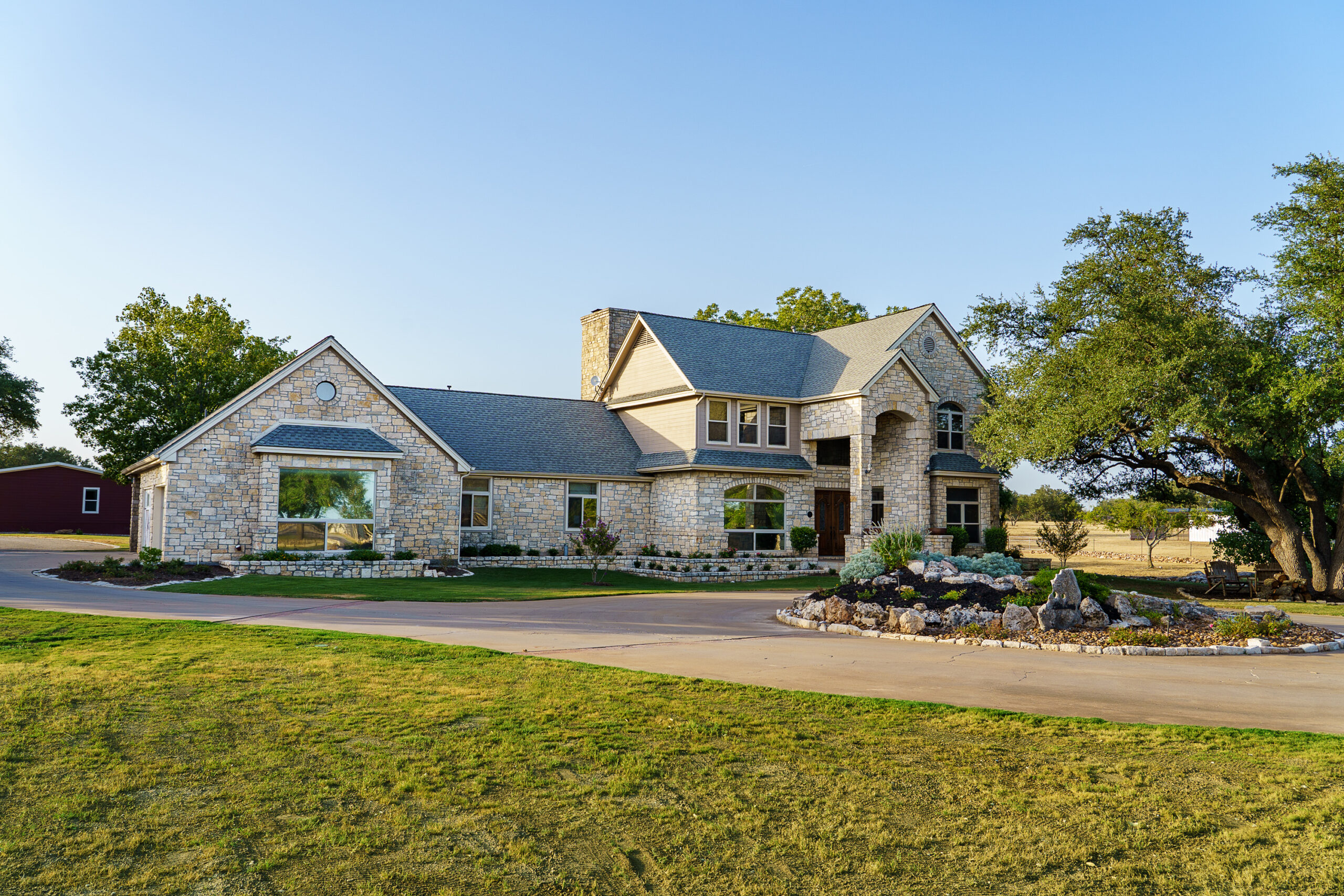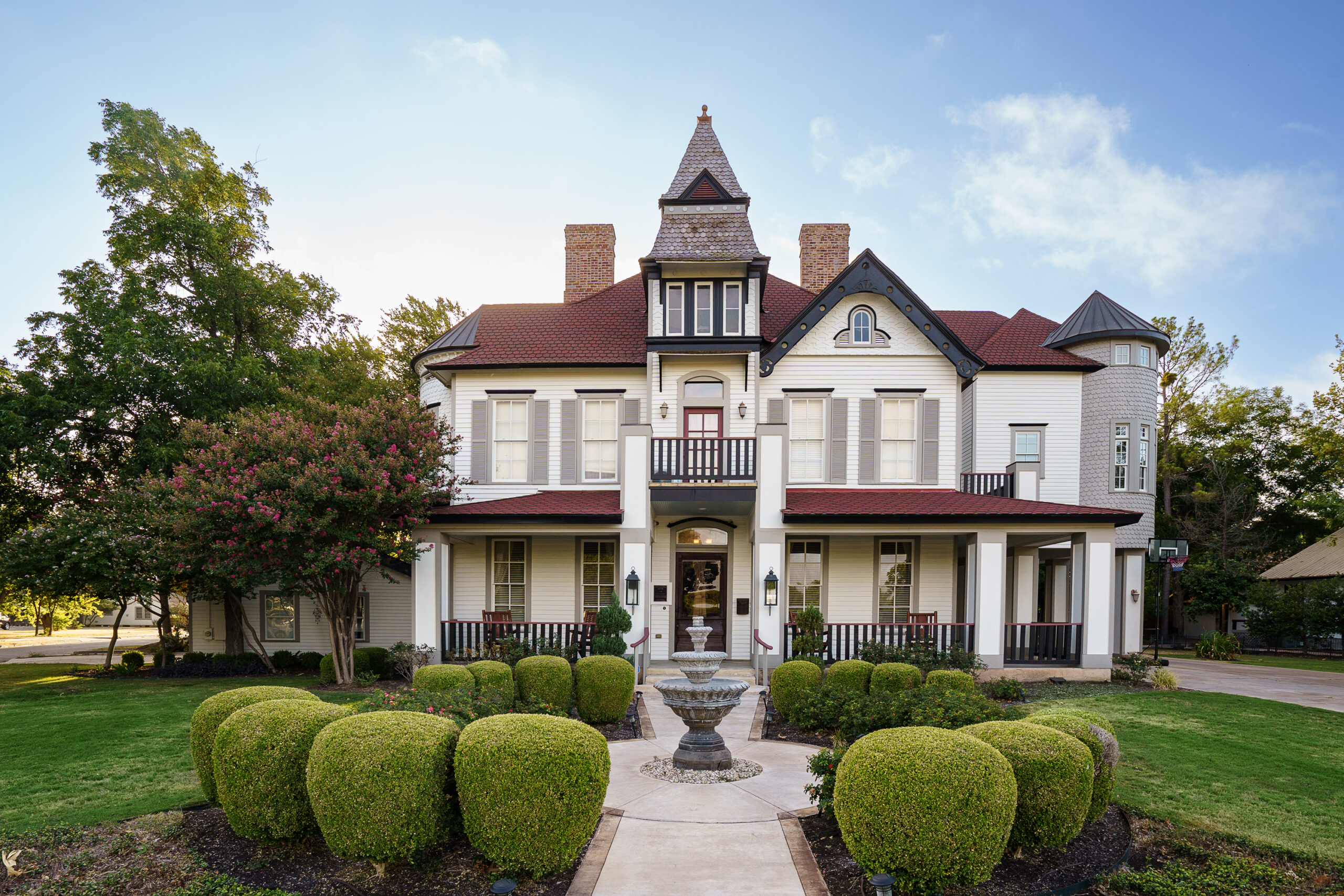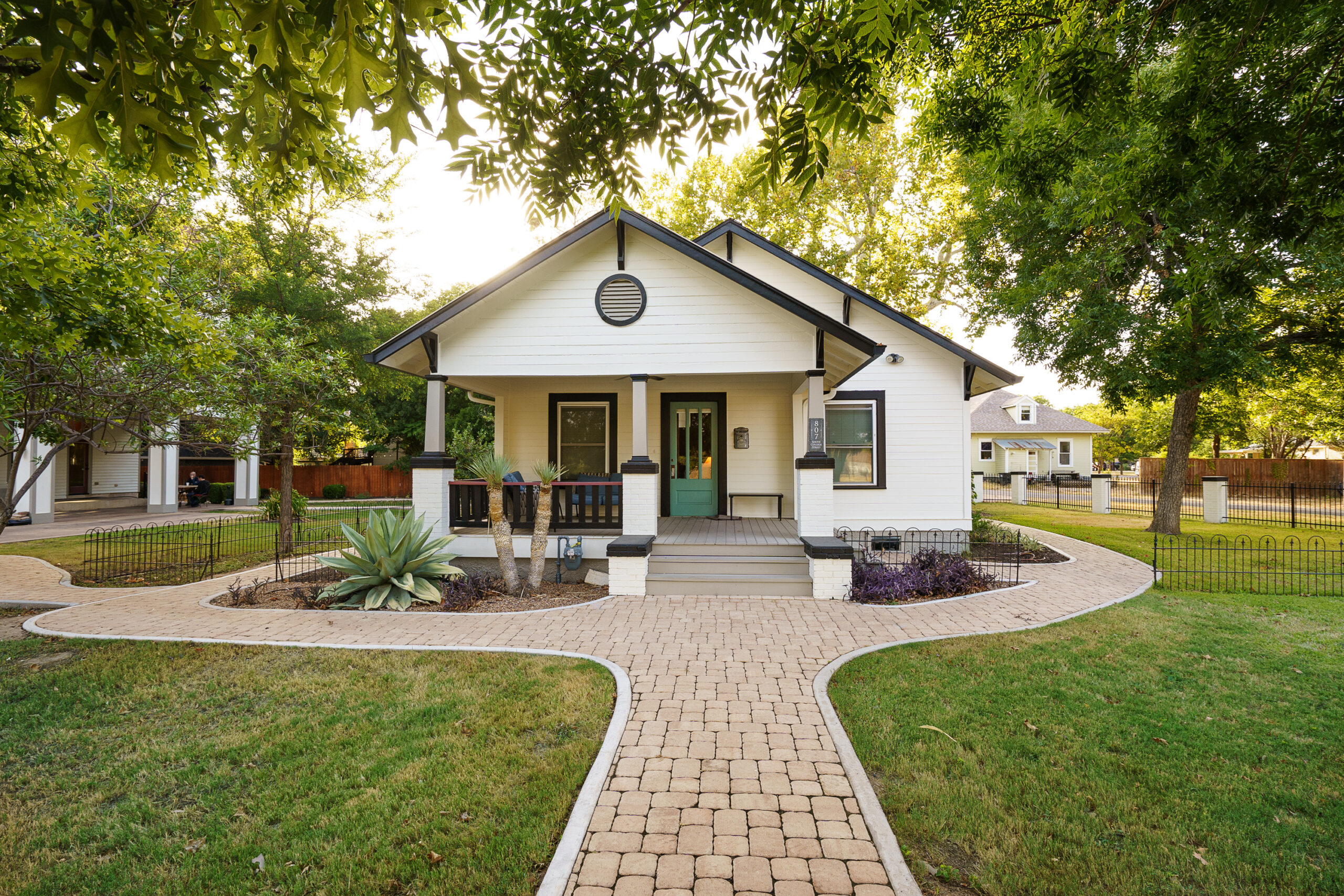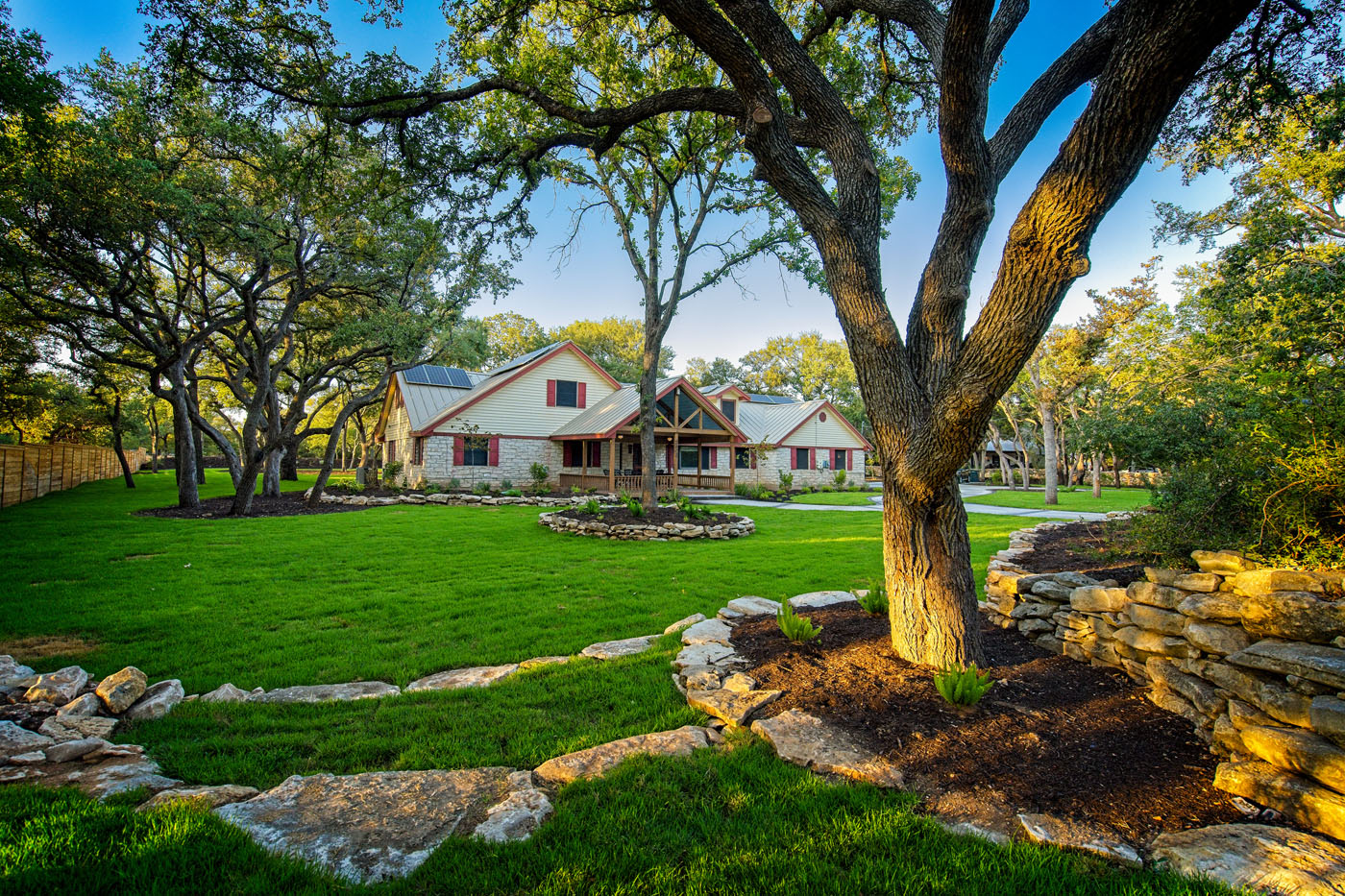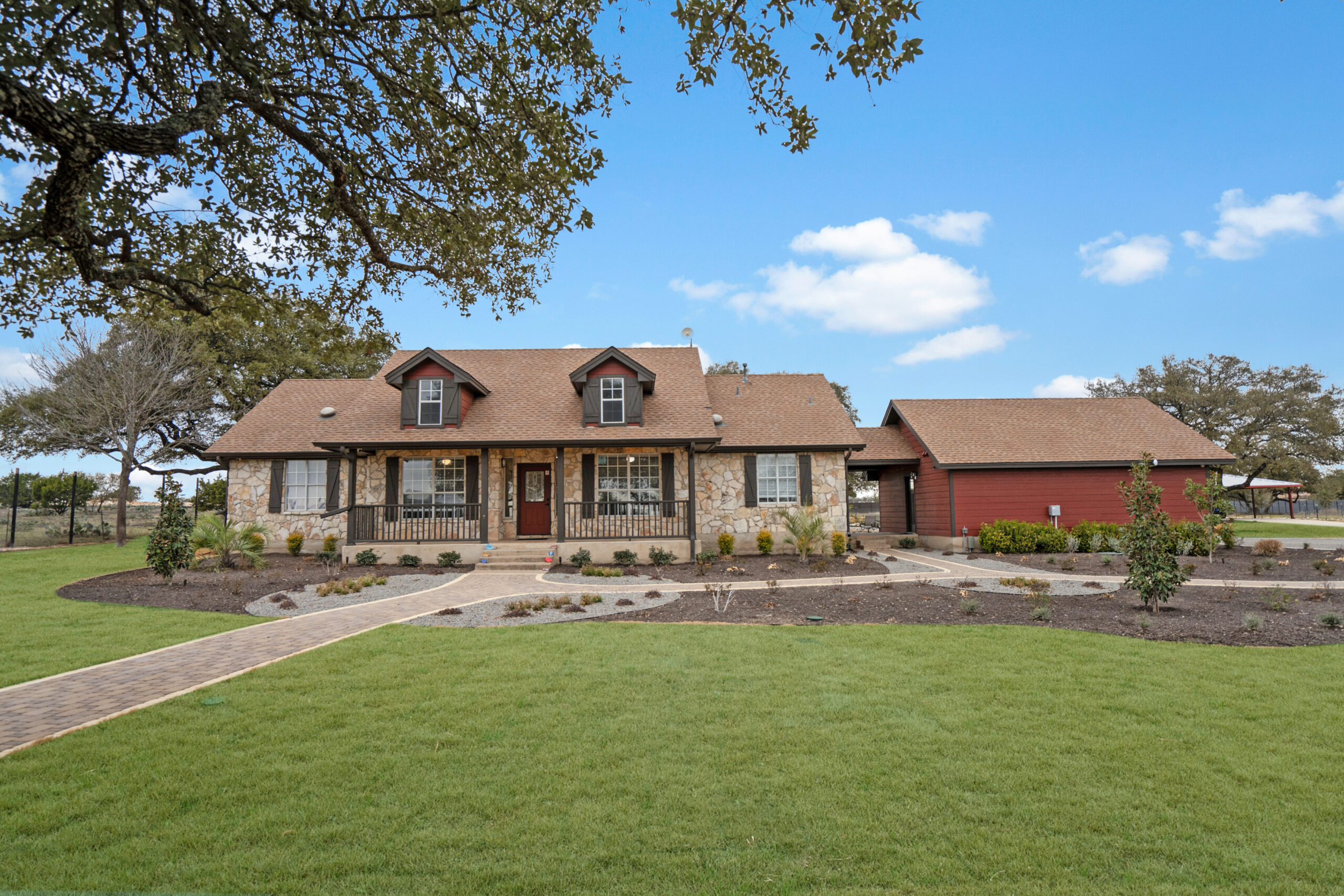Specialized Care for Bipolar Patients
Choosing the right facility for the treatment of bipolar disorder is crucial, especially for women. Specialized centers like a women bipolar treatment facility offer personalized care that addresses the unique ways bipolar disorder manifests in women. For over two decades, I’ve witnessed firsthand how tailored treatment plans, sensitive to gender-specific issues, profoundly impact recovery outcomes.
At Alta Loma, our approach is holistic, focusing not just on the symptoms, but on the person’s overall well-being. We understand the nuances involved in women’s mental health, including hormonal influences and life stages, which makes specialized care incredibly impactful. Through programs like cognitive behavioral therapy and experiential therapies, women can find effective strategies to manage their conditions.
What to Expect in a Women Bipolar Treatment Facility?
A women bipolar treatment facility is designed to offer a secure and nurturing environment where women can focus on recovery. Typically, these facilities provide several key features:
- Gender-specific therapy groups that create a comfortable space for sharing experiences
- Medication management to ensure the best pharmacological support
- Comprehensive support including family therapy and social skill-building
- Options for spiritual support and holistic therapies
Such facilities also prioritize building a community of support among residents, allowing women to connect with others facing similar challenges. This network becomes a pillar of strength throughout their recovery journey.
How to Choose the Right Women Bipolar Treatment Facility?
Finding the right women bipolar treatment facility involves several steps to ensure the best fit:
- Research and References: Look for facilities with a positive reputation and testimonials from past clients.
- Evaluate Programs: Ensure the facility offers the therapies and support systems you need.
- Consultation: Speak with the admissions team to understand their approach and services.
- Tour the Facility: If possible, visit the center to get a feel for the environment and staff.
Making an informed decision is essential as it affects the trajectory of one’s recovery. During this process, consider the facility’s success rates, staff credentials, and available resources.
Living with Bipolar Disorder: Real Stories
Over the years, I’ve had the privilege to witness incredible transformations. One young woman, who we’ll call Emma, arrived at Alta Loma struggling with severe mood swings and isolation due to bipolar disorder. Through our integrated care approach, which included both medication adjustments and intensive therapy, Emma found stability and a renewed sense of purpose.
Emma’s journey emphasizes the power of community and understanding in managing bipolar disorder. By engaging in group therapy and recreational activities, she connected deeply with others who shared her experiences, helping her to regain confidence and control.
Such stories are a testament to the potential for recovery when given the right support. In a dedicated environment like a women bipolar treatment facility, these narratives become reality.
Strategies for a Sustainable Recovery
Achieving long-term recovery from bipolar disorder involves a blend of therapies and lifestyle changes. Here are strategies often employed at a women bipolar treatment facility:
- Consistent Therapy: Regular individual and group therapy sessions help in addressing ongoing challenges and preventing relapse.
- Medication Management: Personalized medication plans ensure stable mood regulation.
- Diet and Exercise: A balanced diet and regular physical activity contribute to overall mental health.
- Mindfulness Practices: Techniques such as meditation can reduce stress and improve emotional regulation.
- Support Networks: Building strong connections with peers and professionals can offer essential support and encouragement.
Implementing these strategies is a collaborative effort between the individual and their treatment team, fostering resilience and independence.
What makes specialized care essential in a women bipolar treatment facility?
Specialized care is crucial in treating bipolar disorder in women due to the unique ways the disorder manifests in them, influenced by factors such as hormonal changes and different life stages. At Alta Loma, we recognize that a one-size-fits-all approach is ineffective. Instead, we focus on personalized treatment plans that cater to these specific needs. This attention to detail can significantly enhance the recovery process by aligning treatment strategies with individual circumstances, which leads to more effective management of symptoms and better outcomes. For instance, personalized cognitive behavioral therapy can address the unique stressors women face, providing them with tailored strategies to manage mood swings and emotional challenges. By understanding these nuances, women can regain a sense of control over their lives.
What should someone expect when entering a women bipolar treatment facility?
When entering a women bipolar treatment facility like Alta Loma, individuals can expect a supportive and nurturing environment focused on recovery. The facility offers gender-specific therapy groups, allowing women to share experiences comfortably and openly. There is an emphasis on medication management, ensuring that each woman receives the best pharmacological support for her needs. Comprehensive support is also provided through family therapy, social skill-building, and holistic therapies, including spiritual support. The facility fosters a community of residents who support each other, which becomes a key pillar in the recovery process. Imagine walking into a place where everyone is genuinely invested in your well-being, offering encouragement and understanding as you work towards healing and stability.
How can families and individuals choose the right women bipolar treatment facility?
Choosing the right facility is a significant decision that requires thoughtful consideration. Start by researching and gathering references for facilities with positive reputations, like Alta Loma, which has received accolades from former clients for its comprehensive care. Next, evaluate the programs offered to ensure they align with your specific needs, from therapy options to support systems like recreational therapy and community integration. Consulting with the admissions team is vital to understand their approach thoroughly. If possible, touring the facility can provide a sense of the environment and the staff’s dedication. Decisions made during this process can influence the recovery journey profoundly. For example, being in a serene, therapeutic setting can make a world of difference in one’s ability to focus on healing.
How do real stories from women living with bipolar disorder illustrate the effectiveness of treatment facilities?
Real stories serve as powerful testimonies to the transformative power of dedicated treatment facilities. At Alta Loma, we’ve seen remarkable cases, such as Emma, who struggled significantly with mood swings and isolation. Through our tailored approach, including medication adjustments and intensive therapy, she found stability and a renewed sense of purpose. Emma’s recovery highlights the importance of community and understanding in managing bipolar disorder. Through group therapy and shared activities, she connected deeply with others facing similar challenges, which helped her regain confidence. These stories remind us that with the right support, recovery is not only possible but can lead to a fulfilling life.
What strategies are implemented in a women bipolar treatment facility for sustainable recovery?
Achieving long-term recovery from bipolar disorder involves integrating various therapies and lifestyle changes. At Alta Loma, the approach includes consistent individual and group therapy sessions to address ongoing challenges and prevent relapse. Personalized medication management plans are crucial for maintaining stable mood regulation. Additionally, a balanced diet and regular physical activity are encouraged to support overall mental health. Mindfulness practices, such as meditation, are taught to reduce stress and improve emotional regulation. Building strong support networks with peers and professionals forms the backbone of ongoing encouragement and support. These strategies are collaboratively developed between the individual and their treatment team, fostering resilience and independence. Consider trying simple mindfulness exercises daily; they can profoundly influence your emotional state and provide clarity during challenging times.
